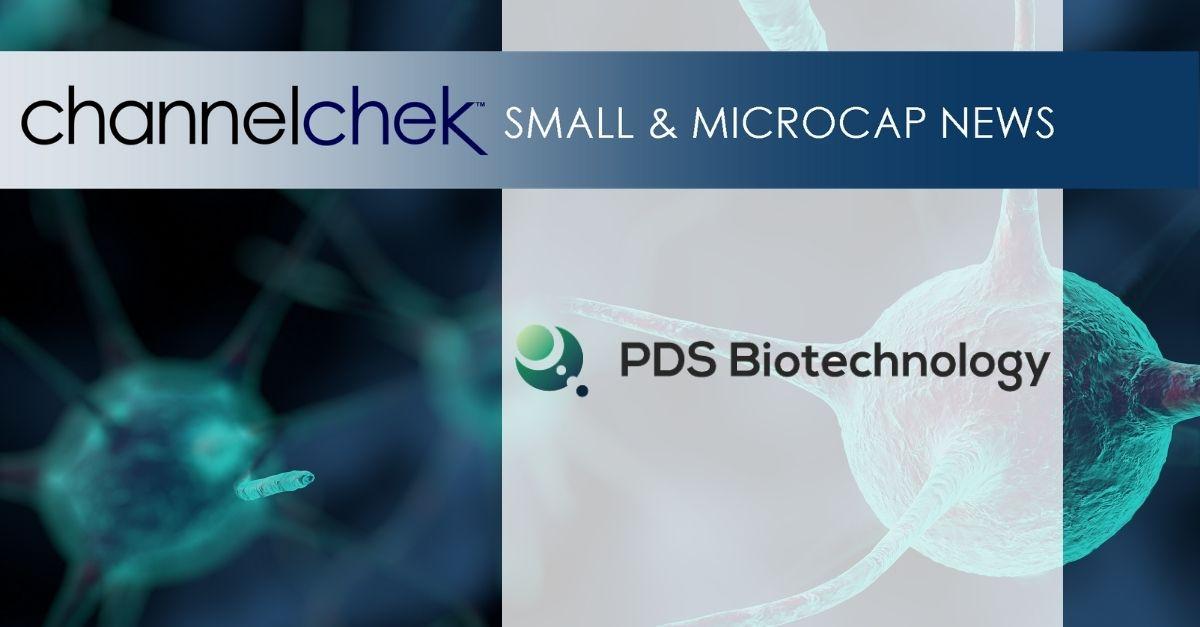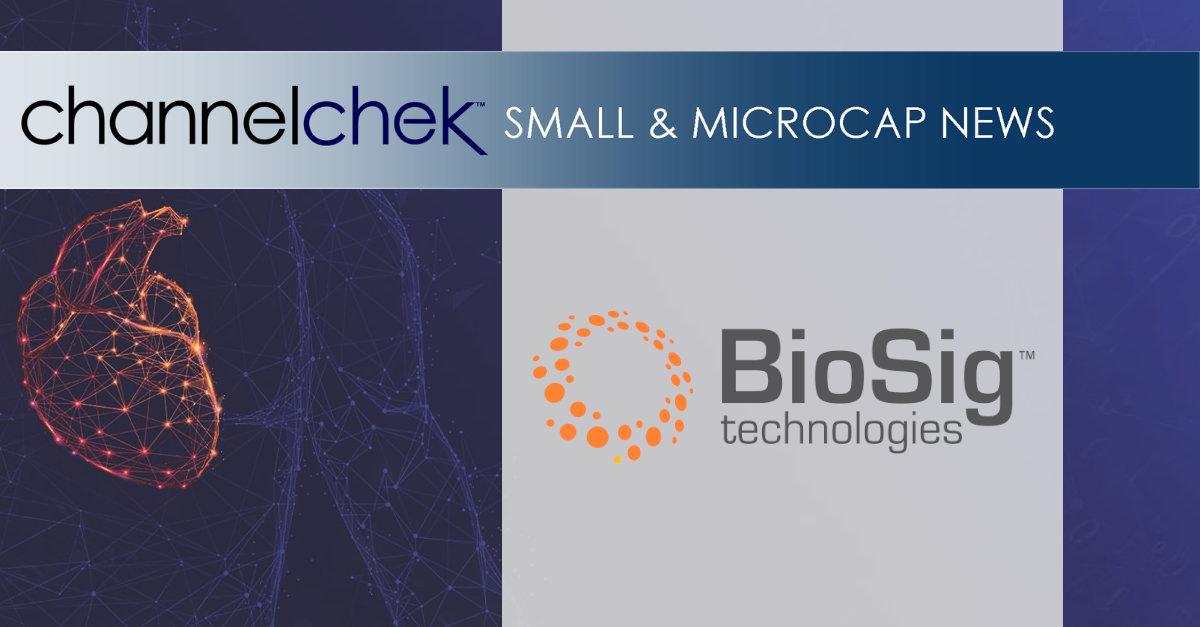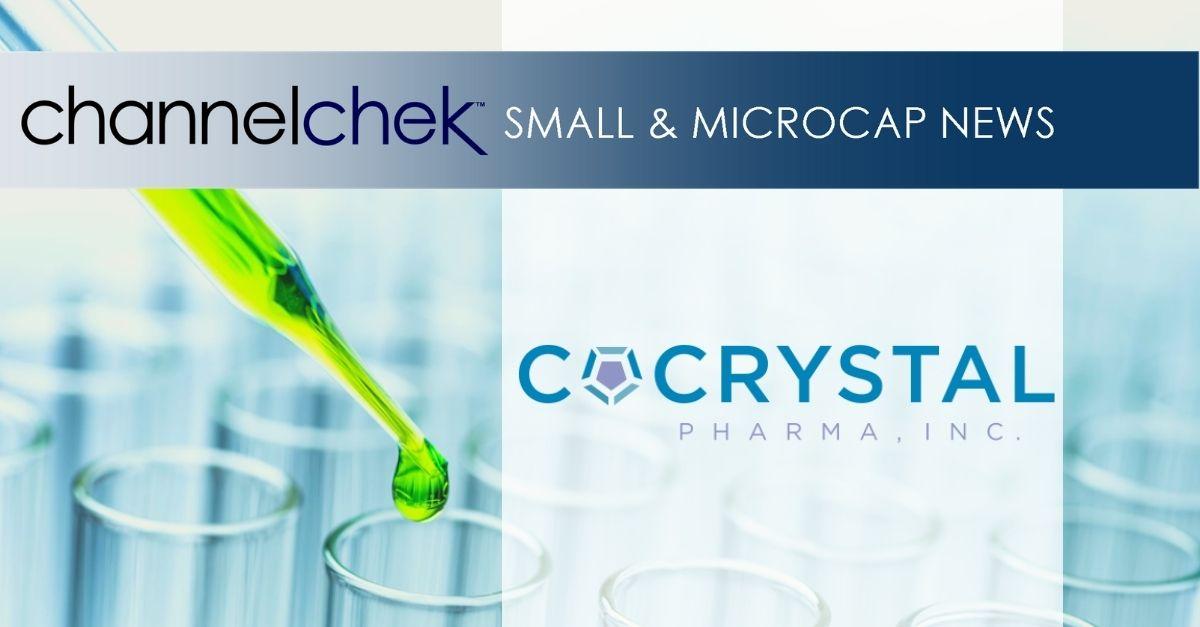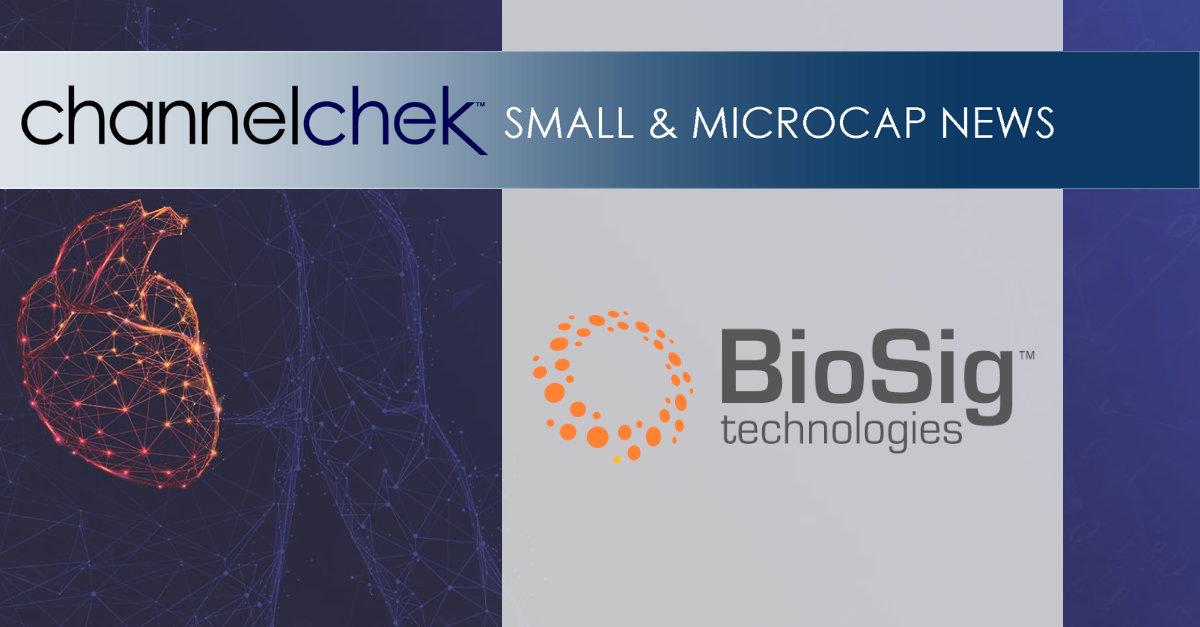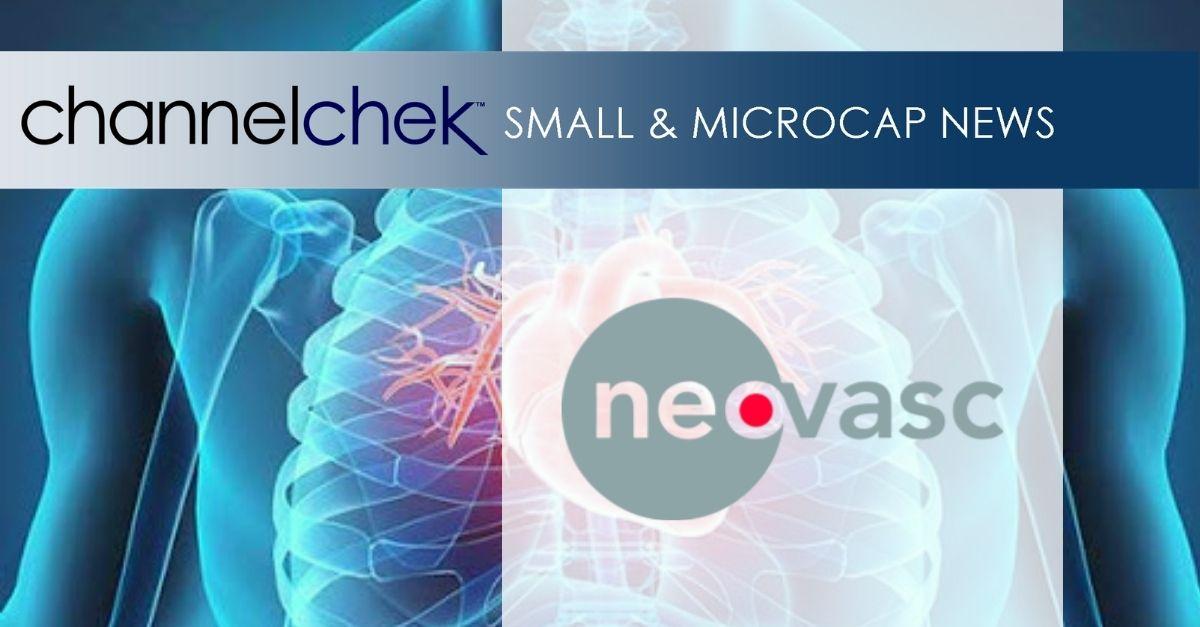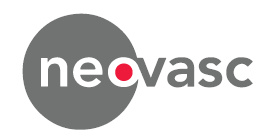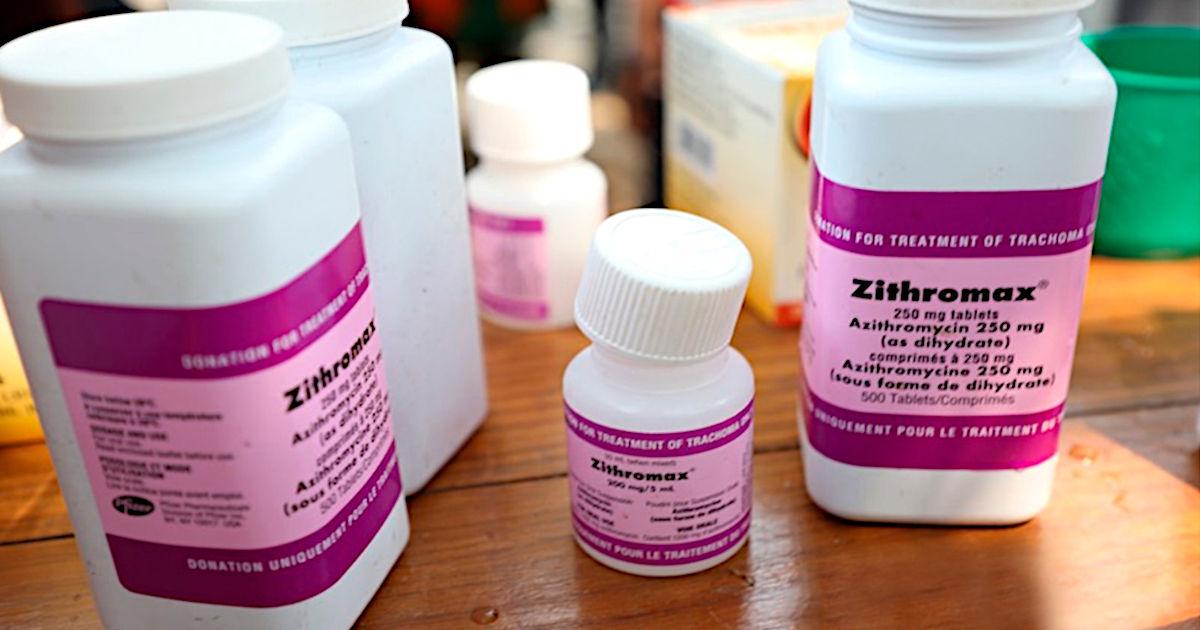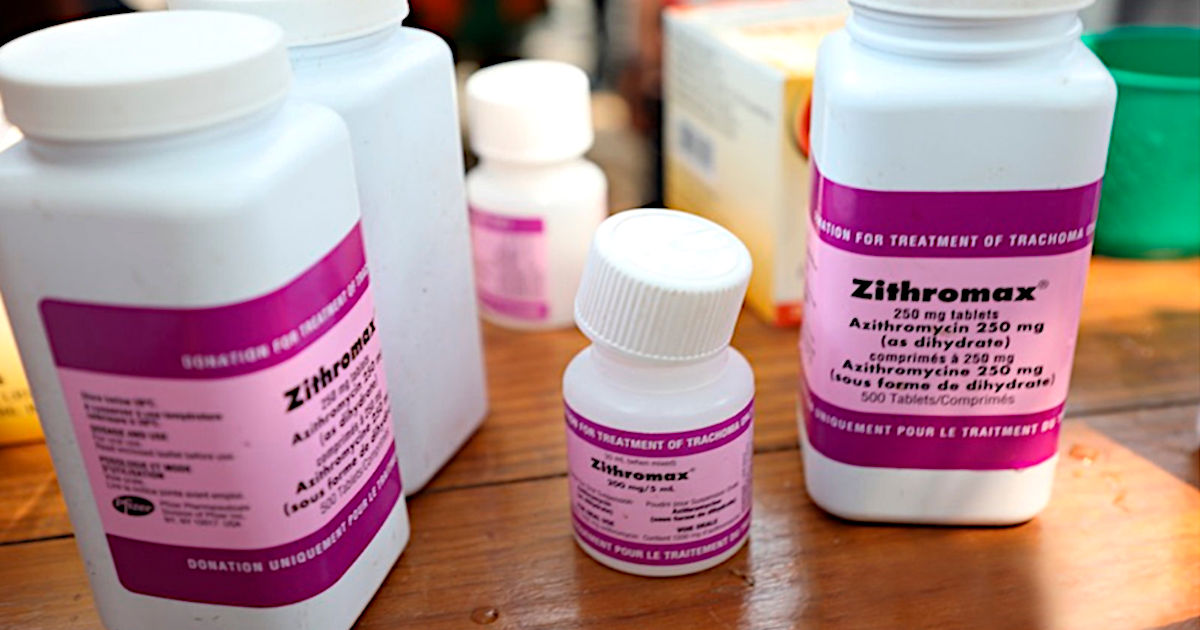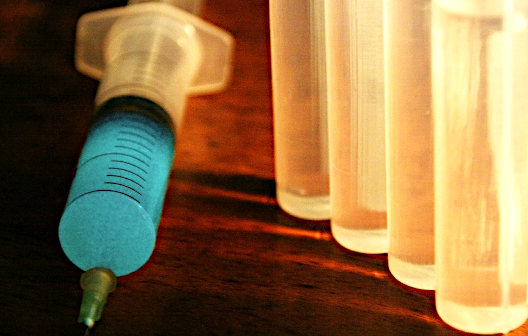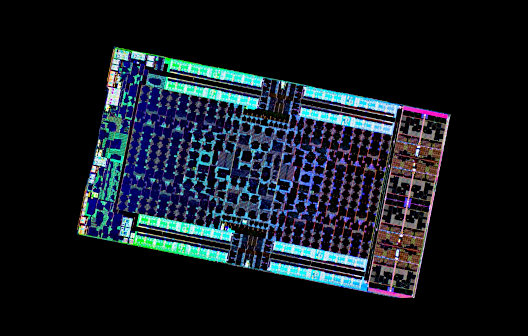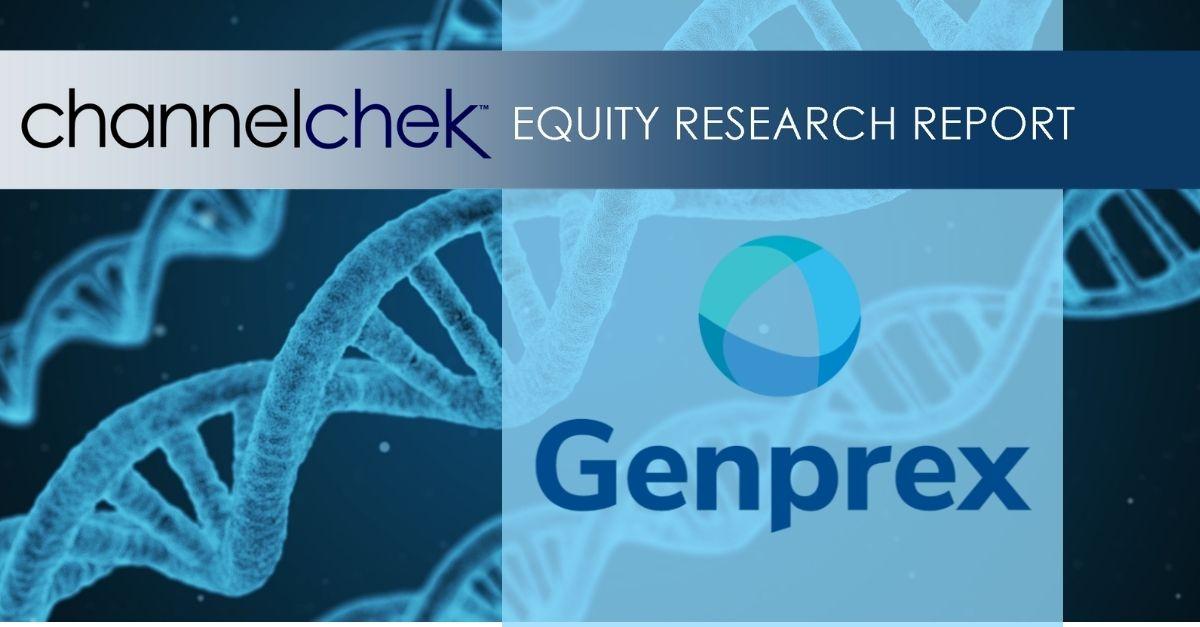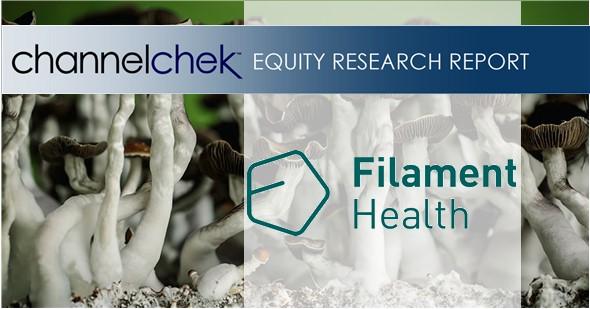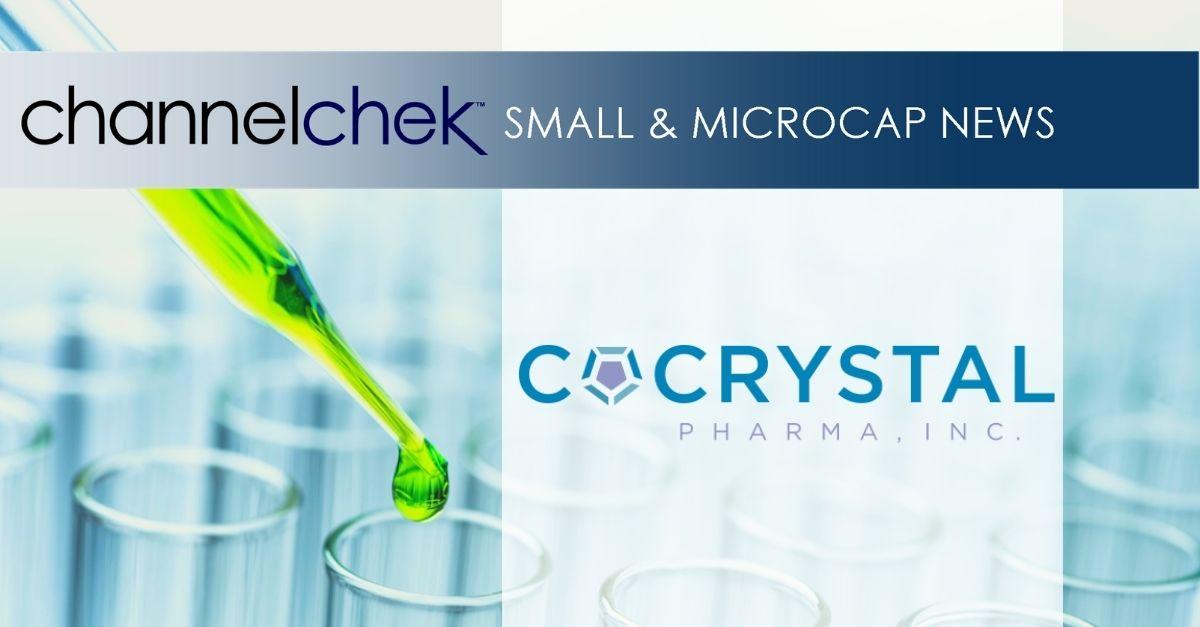PDS Biotech Granted Patent for its Novel HPV16 Immunotherapy
Research, News, and Market Data on PDS Biotech
Extends patent protection of PDS0101 by the United States Patent and Trademark Office Until October 2037
FLORHAM PARK, N.J., Jan. 10, 2022 (GLOBE NEWSWIRE) — PDS Biotechnology Corporation (Nasdaq: PDSB), a clinical-stage immunotherapy company developing novel cancer therapies based on the Company’s proprietary Versamune® T-cell activating technology, today announced that it has been granted U.S. Patent Application No. 15,724,818 titled “Novel HPV16 Non HLA-Restricted T-cell Vaccines, Composition and Methods of Use Thereof” by the United States Patent and Trademark Office (USPTO).
The newly issued patent covers the PDS0101 immunotherapy which consists of a combination of the Versamune technology platform with a unique mixture of short protein fragments derived from the cancer-causing virus, HPV16. The composition promotes the induction of killer (CD8+) T-cells by the immune system that recognize, and attack cancers caused by infection with HPV16 irrespective of the patients’ genetic makeup.
HPV16 is the most oncogenic or cancer-causing type of HPV, and is by far the most prevalent in patients with advanced HPV-associated cancers, including anal, cervical, head and neck, penile, vaginal and vulvar cancers. More than 40,500 patients are diagnosed with HPV16-associated cancers each year according to the International Journal of Cancer. Some of these cancers have been reported to be increasing in incidence over the last few years.
“We remain excited about the promising early efficacy and safety data from our ongoing Phase 2 clinical trials. The early clinical data coupled with the recent grant of the PDS0101 patent that runs into late 2037 puts PDS Biotech in a strong position to progress commercialization of the product to address a significant unmet need for more effective treatment of advanced HPV-associated cancers,” stated Frank Bedu-Addo, Chief Executive Officer of PDS Biotech.
In partnership with Merck & Co., PDS Biotech is evaluating a combination of PDS0101 and KEYTRUDA® in a Phase 2 study (NCT04260126) in first-line treatment of recurrent or metastatic head and neck cancer, and also in second-line treatment of recurrent or metastatic head and neck cancer in patients who have failed prior checkpoint inhibitor therapy. PDS Biotech is also conducting a Phase 2 clinical study in both second- and third-line treatment of multiple advanced HPV-associated cancers with the National Cancer Institute (NCI). A third Phase 2 clinical trial in first-line treatment of locally advanced cervical cancer is being performed with The University of Texas, MD Anderson Cancer Center.
About PDS Biotechnology
PDS Biotech is a clinical-stage immunotherapy company developing a growing pipeline of cancer immunotherapies based on the Company’s proprietary Versamune® T-cell activating technology platform. Our Versamune®-based products have demonstrated the potential to overcome the limitations of current immunotherapy by inducing in vivo, large quantities of high-quality, highly potent polyfunctional tumor specific CD4+ helper and CD8+ killer T-cells. PDS Biotech has developed multiple therapies, based on combinations of Versamune® and disease-specific antigens, designed to train the immune system to better recognize diseased cells and effectively attack and destroy them. The Company’s pipeline products address various cancers including HPV16-associated cancers (anal, cervical, head and neck) and breast, colon, lung, prostate and ovarian cancers. To learn more, please visit www.pdsbiotech.com or follow us on Twitter at @PDSBiotech.
Forward Looking Statements
This communication contains forward-looking statements (including within the meaning of Section 21E of the United States Securities Exchange Act of 1934, as amended, and Section 27A of the United States Securities Act of 1933, as amended) concerning PDS Biotechnology Corporation (the “Company”) and other matters. These statements may discuss goals, intentions and expectations as to future plans, trends, events, results of operations or financial condition, or otherwise, based on current beliefs of the Company’s management, as well as assumptions made by, and information currently available to, management. Forward-looking statements generally include statements that are predictive in nature and depend upon or refer to future events or conditions, and include words such as “may,” “will,” “should,” “would,” “expect,” “anticipate,” “plan,” “likely,” “believe,” “estimate,” “project,” “intend,” “forecast,” “guidance”, “outlook” and other similar expressions among others. Forward-looking statements are based on current beliefs and assumptions that are subject to risks and uncertainties and are not guarantees of future performance. Actual results could differ materially from those contained in any forward-looking statement as a result of various factors, including, without limitation: the Company’s ability to protect its intellectual property rights; the Company’s anticipated capital requirements, including the Company’s anticipated cash runway and the Company’s current expectations regarding its plans for future equity financings; the Company’s dependence on additional financing to fund its operations and complete the development and commercialization of its product candidates, and the risks that raising such additional capital may restrict the Company’s operations or require the Company to relinquish rights to the Company’s technologies or product candidates; the Company’s limited operating history in the Company’s current line of business, which makes it difficult to evaluate the Company’s prospects, the Company’s business plan or the likelihood of the Company’s successful implementation of such business plan; the timing for the Company or its partners to initiate the planned clinical trials for PDS0101, PDS0203 and other Versamune® based products; the future success of such trials; the successful implementation of the Company’s research and development programs and collaborations, including any collaboration studies concerning PDS0101, PDS0203 and other Versamune® based products and the Company’s interpretation of the results and findings of such programs and collaborations and whether such results are sufficient to support the future success of the Company’s product candidates; the success, timing and cost of the Company’s ongoing clinical trials and anticipated clinical trials for the Company’s current product candidates, including statements regarding the timing of initiation, pace of enrollment and completion of the trials (including our ability to fully fund our disclosed clinical trials, which assumes no material changes to our currently projected expenses), futility analyses, presentations at conferences and data reported in an abstract, and receipt of interim results, which are not necessarily indicative of the final results of the Company’s ongoing clinical trials; any Company statements about its understanding of product candidates mechanisms of action and interpretation of preclinical and early clinical results from its clinical development programs and any collaboration studies; the acceptance by the market of the Company’s product candidates, if approved; the timing of and the Company’s ability to obtain and maintain U.S. Food and Drug Administration or other regulatory authority approval of, or other action with respect to, the Company’s product candidates; and other factors, including legislative, regulatory, political and economic developments not within the Company’s control, including unforeseen circumstances or other disruptions to normal business operations arising from or related to COVID-19. The foregoing review of important factors that could cause actual events to differ from expectations should not be construed as exhaustive and should be read in conjunction with statements that are included herein and elsewhere, including the risk factors included in the Company’s annual and periodic reports filed with the SEC. The forward-looking statements are made only as of the date of this press release and, except as required by applicable law, the Company undertakes no obligation to revise or update any forward-looking statement, or to make any other forward-looking statements, whether as a result of new information, future events or otherwise.
CONTACT: Investor Contact:
Rich Cockrell
CG Capital
Phone: +1 (404) 736-3838
Email: pdsb@cg.capital
